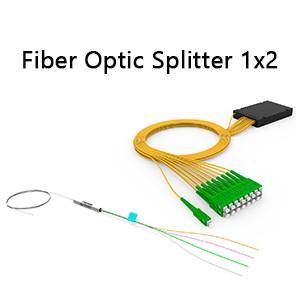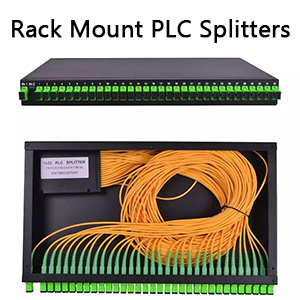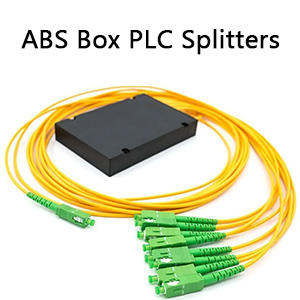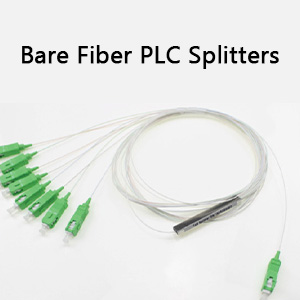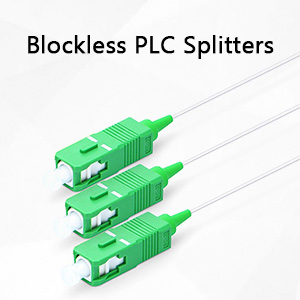PM Optical Switches are essential components in modern fiber optic networks, designed to maintain the polarization of optical signals while providing seamless switching capabilities. Their unique advantages, such as low insertion loss and high return loss, make them particularly valuable for applications requiring precision and reliability. As the demand for high-performance optical networks grows, understanding the benefits of these switches and how to select the right one becomes crucial for optimizing network efficiency and performance.
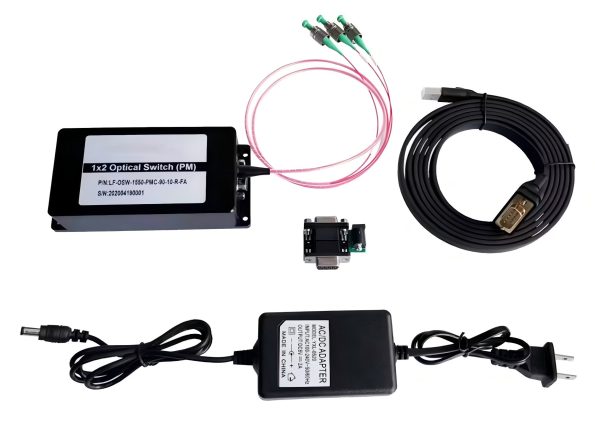
PM Optical Switches Advantages
Polarization Preservation: PM Optical Switches are engineered to preserve the polarization state of optical signals, significantly reducing signal loss and distortion attributed to polarization mode interference. This feature is indispensable for high-performance applications such as quantum communication and high-precision sensing.
Low Insertion Loss: PM Optical Switches generally exhibit lower insertion loss compared to non-polarization-maintaining switches, thereby enhancing the overall signal quality and extending transmission distances.
High Return Loss: Their design often results in high return loss performance, offering superior resistance to signal reflections and further bolstering signal integrity.
Swift Switching Speed: These switches are capable of rapid optical signal switching, making them ideal for dynamic network environments and real-time monitoring applications, which in turn enhances network agility and responsiveness.
Versatile Configurations: Available in various configurations like 1×2, 1×4, and 2×2, PM Optical Switches are tailored to fit different network architectures and cater to a broad spectrum of requirements.
Universal Compatibility: These switches are typically compatible with a range of fiber types and optical devices, facilitating seamless integration into existing systems.
Selection Tips
When selecting PM Optical Switches, take the following into account:
Application Needs: Assess and determine the type and number of switches required based on the specific demands of your applications, such as data centers, optical networks, or research laboratories.
Fiber Compatibility: Ensure that the chosen switch is compatible with the fiber types in use, particularly when employing polarization-maintaining fibers.
Performance Metrics: Review key performance metrics including insertion loss, return loss, and switching speed to confirm they align with your system’s specifications.
Reliability: Opt for switches from reputable brands with a track record of quality and reliability, ensuring dependable performance and longevity.
Cost Considerations: Seek cost-effective solutions that fit within project budgets, while also factoring in the long-term costs of maintenance.
PM Optical Switches are pivotal in fiber optic communications, markedly improving system performance and reliability. By carefully considering application needs and performance metrics, you can identify the most appropriate solution for your network.

